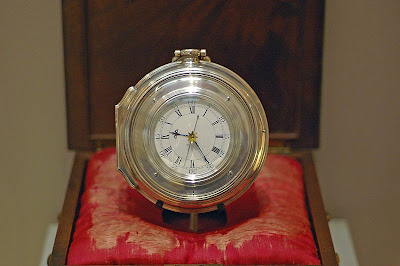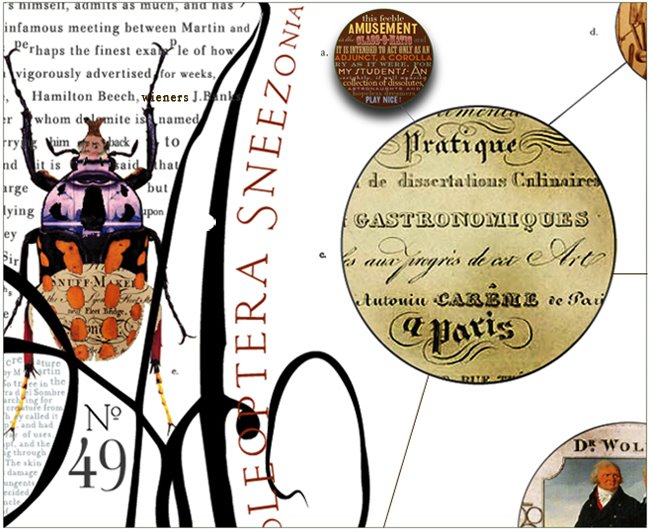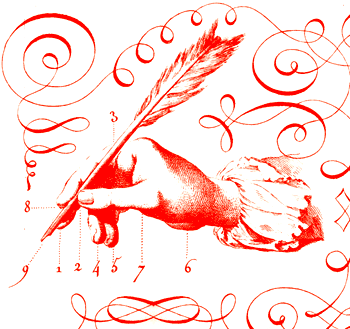watch, with a porcelain crown. dated 1915. Hand painted dial.
Imagine the history behind this watch. Worn by a Red Cross medical
person, around your age. Probably a Doctor, or a Nurse, working deep in
the trenches during the First World War. In the horrible thick mud and
pelting rain, constant freezing cold, the terrible smells and sounds of death
everywhere about you, the relentless monotony.
Was it at Marne, Somme or Ypres, this watch was worn ?

Where ever the battles were dreadful in their casualties and whoever, undoubtedly
extraordinarily brave, wore this watch, was a very special person putting
their life at risk for others.
.jpg)
.jpg)
.jpg)

.JPG)
.JPG)
In the 1700’s, Queen Anne of England wanted to extend her vast maritime
power and offered a huge prize reward of 20,000 pounds for anyone who invented
something that reliably calculated longitude. ( you can both read a great book or
watch the film, which chronicles the remarkable brilliance and long suffering
tribulations of Mr. Harrison, both of which, are called, oddly enough - Longitude )
A self-taught watchmaker by the name of John Harrison discovered that a
precise reading of a ships longitude could only happen if you knew the exact
time. At this point, Harrison decided that he needed to create a watch that was
far more accurate then what was available at that time. He worked for more then
ten years to create 4 versions of the Harrison Marine Chronometer. He presented
his plate sized watch to the royal academy and had his chronometers tested by
people like Captain Cook.
Harrison’s Marine Chronometer went through many trials of both a scientific as
well as the human kind - but he was, eventually, after years of hardship, disappointment and nefarious intrigue - awarded the prize money by the Longitude Board for the Crown.
It took until the 19th century for the wristwatch technology to come to fruition.
The wristwatch was invented by Patek Philippe. From the time of its invention
until world war one, the wristwatch was mainly considered something that a
woman would wear.
Men, to that point had generally used pocket watches. In the midst of war, some
armies soon realized that it was much easier to glance at your wrist to check the
time, than it was to fumble around in your jacket to find your pocket watch. When
the war ended, the soldiers got to keep their army issued wristwatches.



They must have gotten used to wearing a wristwatch everyday, because soon after
the war ended, it became common to see civilian men wearing wristwatches in public.
One might surmise, if in the mood to make both broad and rather coarse generalizations - that World War 1, was the one principle event that spurred the wristwatch industry.
Harrison's masterpiece, his Chronometer H5




1 comment:
Post a Comment